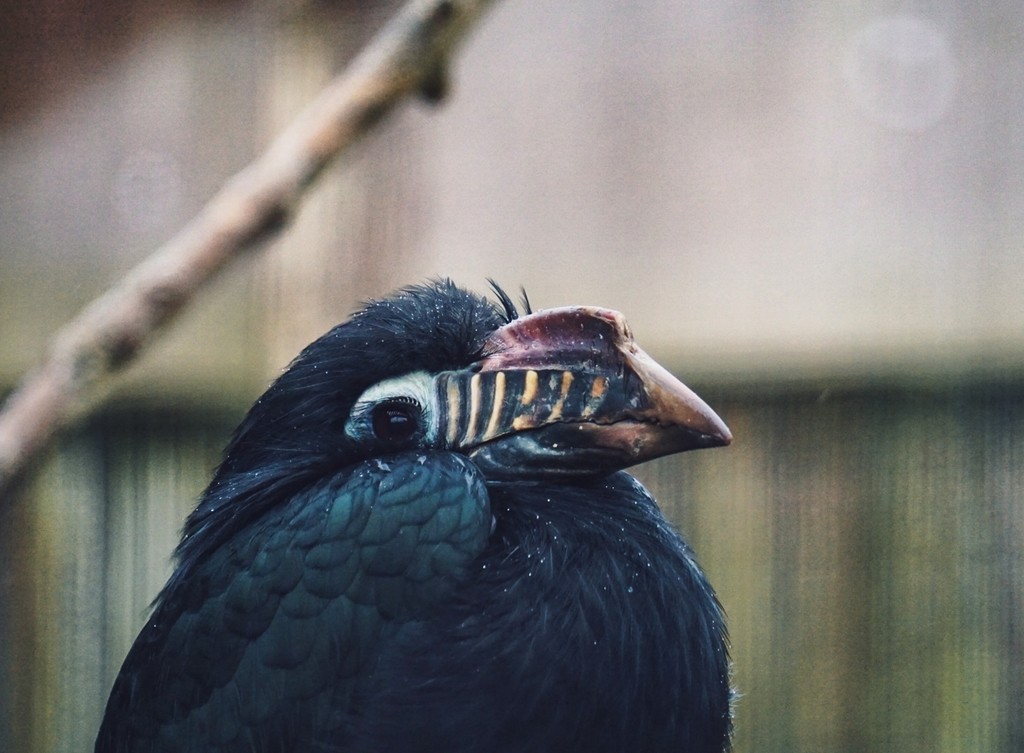Visayan Hornbill
A species of Tarictic hornbills Scientific name : Penelopides panini Genus : Tarictic hornbills
Visayan Hornbill, A species of Tarictic hornbills
Botanical name: Penelopides panini
Genus: Tarictic hornbills
Content
Description General Info
 Photo By gridoun , used under CC-BY-NC-4.0 /Cropped and compressed from original
Photo By gridoun , used under CC-BY-NC-4.0 /Cropped and compressed from original Description
The adults show sexual dimorphism. The male has a creamy-white head and neck, a white upper chest, a reddish-brown lower chest and uppertail-coverts, and a creamy-white buff tail with a broad black tip. The bill and casque are blackish; the former with yellowish ridges. The bare ocular skin is pinkish-white. The tail and bill of the female resemble that of the male, but otherwise the plumage of the female is black, and the ocular skin is blue. 
Size
45 cm
Nest Placement
Cavity
Feeding Habits
Visayan Hornbill predominantly consume fruits, supplemented with insects, beetles, ants, and occasionally earthworms. They exhibit group foraging behaviors in the rainforest canopy, employing their camouflage and distinctive vocalizations during feeding times. They have no unique dietary adaptations reported.
Habitat
The visayan Hornbill primarily inhabits lush evergreen forests and occasionally ventures into secondary forests. This species is known to frequent areas with isolated fruiting trees, an adaptation possibly influenced by deforestation pressures. Due to habitat loss, visayan Hornbill may be found in areas of higher terrain than previously common.
Dite type
Frugivorous
General Info
Feeding Habits
Bird food type

Fruit
Species Status
This is a highly endangered species. The total population is estimated at 1800 individuals. There has been a heavy decline in population due to hunting and loss of habitat caused by deforestation. The subspecies ticaensis was described as "abundant" in 1905, but almost the entire forest on the island was replaced by plantations and settlements in the 20th century. The last time the Ticao tarictic was seen was in 1971, and it is now likely to be extinct. If confirmed, this is the first taxon of hornbill to go extinct in recorded history; many other taxa in the family are now at risk. 